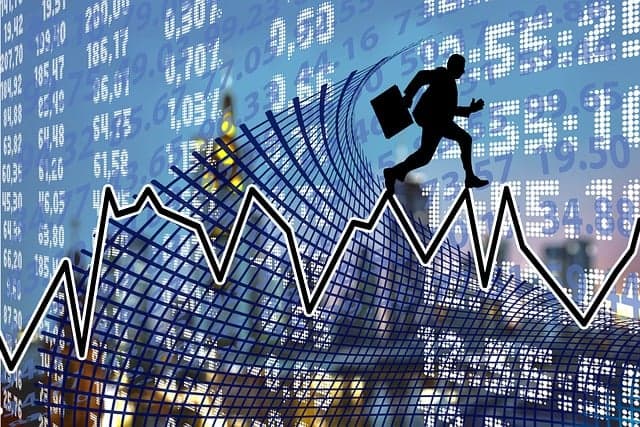An investor can conduct transactions on the stock exchange not only with their own assets. Quite often brokers and forex dealers are ready to lend their clients securities and money for trading on the exchange for a certain percentage. A person will not receive them on the account and, accordingly, will not be able to withdraw them, but he will have an opportunity to use them in transactions.
The investor’s own assets serve as a pledge, which guarantees that he will be able to pay off his broker. Such pledge is called a margin, and the number, which shows how many times the amount of transaction will be increased, is called a leverage. Therefore, transactions in which a client uses assets of a broker or forex dealer are often called margin trading, or trading with leverage. And the transactions themselves are unsecured transactions.
If a trade will be profitable, thanks to the leverage it will be multiplied. But if it fails, losses will increase in the same proportion.
Margin trading gives players a chance to make profit from both rise and fall of asset prices. Suppose an investor assumes that the value of some of his securities will decrease. He sells them and then buys them back, but at a lower price, and makes a profit on the difference.
Trading on the margin “short” allows you to make money on the sale of even those assets that are not in your portfolio: you borrow them from your broker and sell them. If the securities get cheaper, you buy them later at a lower price and return them to the broker, keeping the difference between the buy and sell prices. But if the price goes up, then you get a loss instead of a profit: you still have to return the paper to the broker, but you have to pay more for it.
Keep in mind that margin trading is not possible for all instruments. Brokers place the list of assets that can be bought or sold with a leverage on their website or in the terminal.
Margin trading “on the short side” always involves a reverse trade. If you sell securities that you borrowed from a broker-in other words, you open a position, then after a while you have to buy them back and give them back-or close the position.
When you’re trading long and you buy a number of securities with leverage, you don’t have to sell them later. You can just fund your account to give the money back to the broker.
What happens if my securities drop in value and my margin goes down?
When this happens, the broker will usually notify the client that he/she has to deposit the funds into the account, otherwise the value of the assets might not be enough to close the position. Such notification comes through the trading platform or by e-mail; this is called a margin call.
Brokers determine the level of loss, at which they send a margin call. Some clients are notified immediately when their margin drops by at least a ruble. Others send a notification when an investor’s own assets lose, for example, 50 or even 80% of their value. Some do not use a margin call at all, and in these cases, investors risk even more – they can suddenly lose all of their assets.
If an investor does not deposit money in his account and losses reach a certain level (usually from 50 to 90% of margin), the broker will usually use stop-out – that is, forcibly close positions in order to get his money back. The client in this case will receive losses.
In trading programs brokers always indicate the minimum level of a client’s margin, at which they themselves will close his positions. But you must keep in mind: brokers have the right to use a stop-out, but they are not obliged to use it. It could very well be that your losses will exceed your margin, leaving you in debt to your broker. This is why you should not rely entirely on margin and stop-out, but rather monitor your portfolio yourself.



